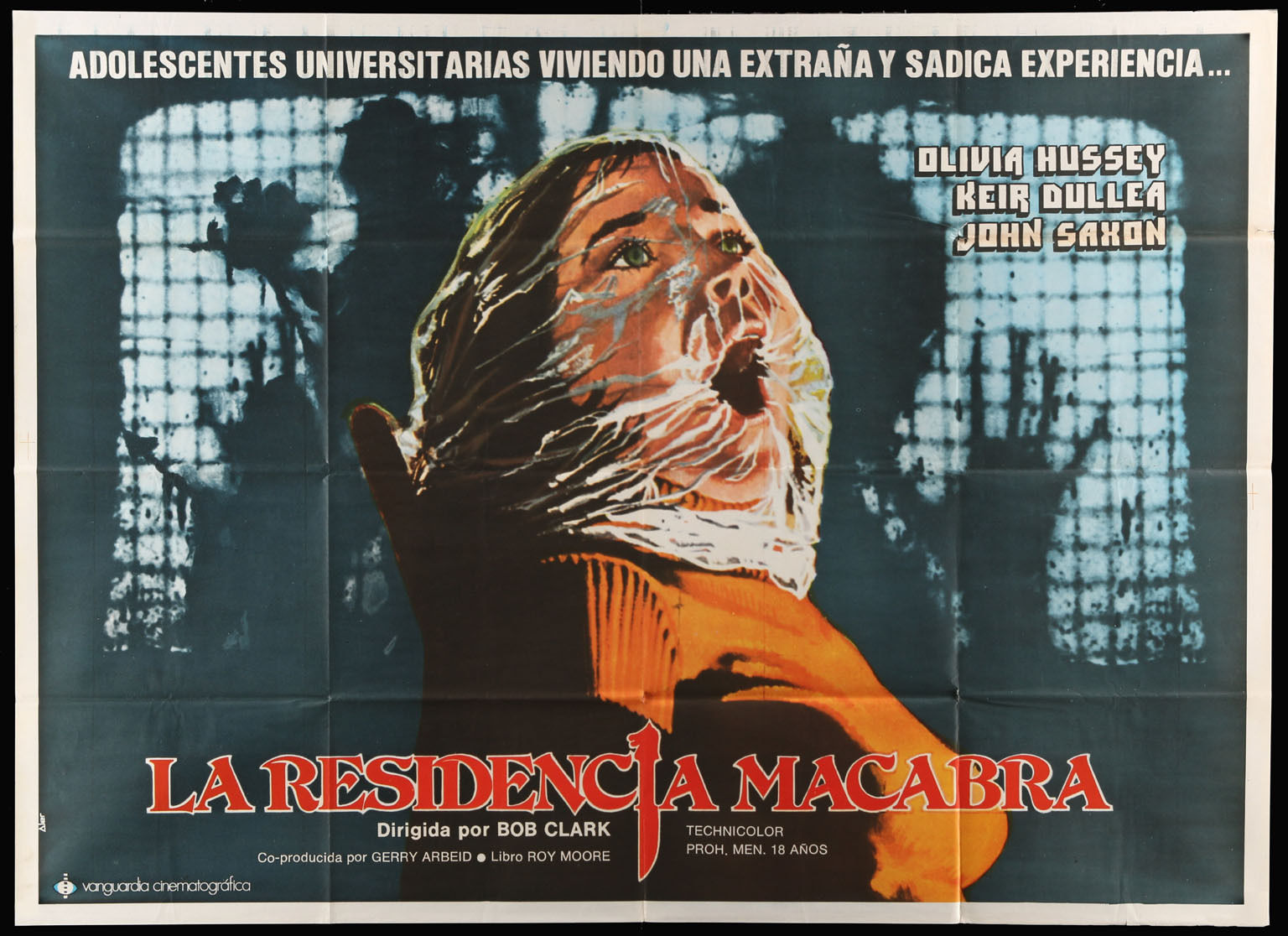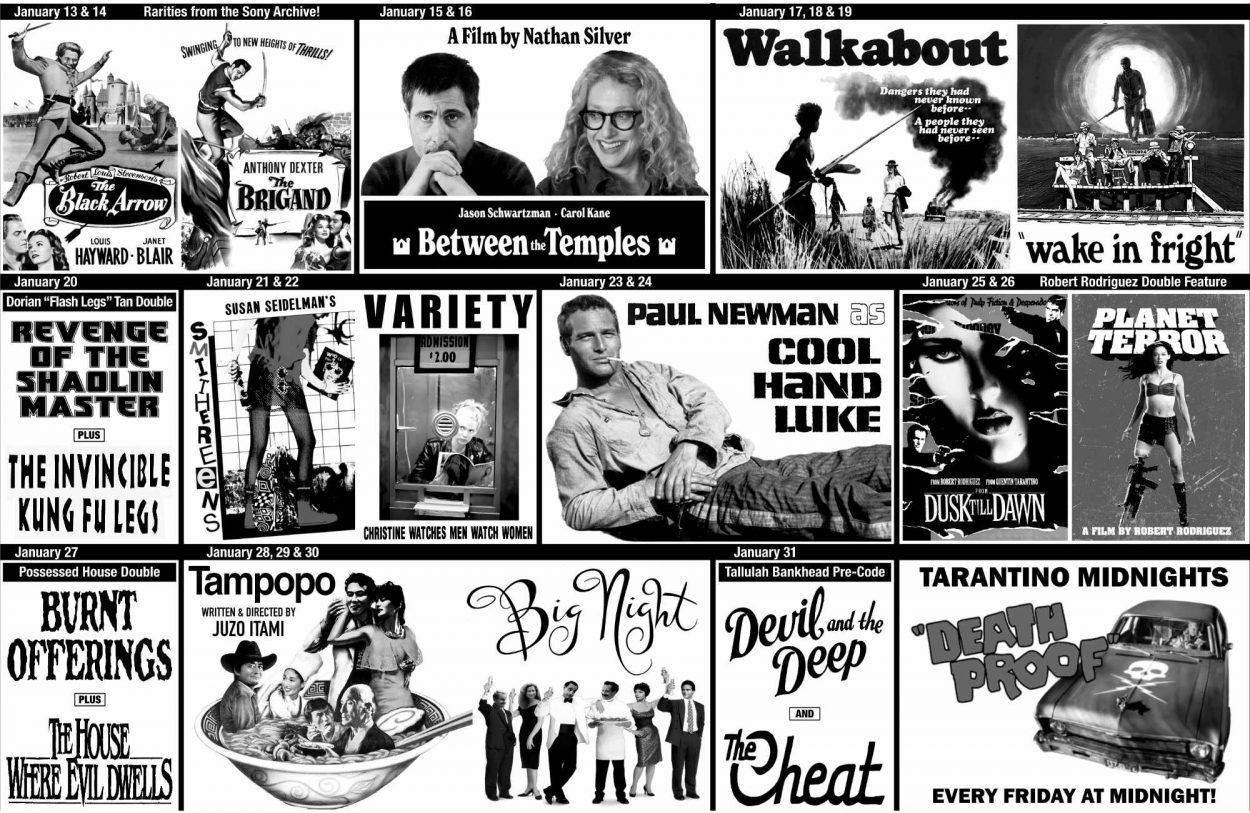Bob Clark made movies that stand the test of time and was phenomenally gifted at the art of good storytelling. Not many filmmakers can do this. But the director of the holiday classic A Christmas Story (playing Saturdays at Midnight this month at the New Beverly) has made as many people laugh as his slasher classic Black Christmas has made people feel total fear. Black Christmas is as frightening and nightmare inducing as A Christmas Story is hilarious and gut-busting.
Some may wonder: why Christmas? Was Christmas a “thing” with Clark? Perhaps. To an extent, we may examine the idea of Christmas as a holiday that is joyful and anxiety-ridden, thus Clark made two of the most iconic films in the holiday film oeuvre to study the holiday from two very different ends of the spectrum. Of course, A Christmas Story is jam-packed with neurotic holiday discourse so while the movie is certainly a loving paean to family memories, it cannot help but be a bit dark at the edges. On the other hand, nothing within the A Christmas Story narrative could compare to the relentless terror presented within the landscape of the small town of Bedford and residing within the Pi Kappa Sigma sorority house of Black Christmas.
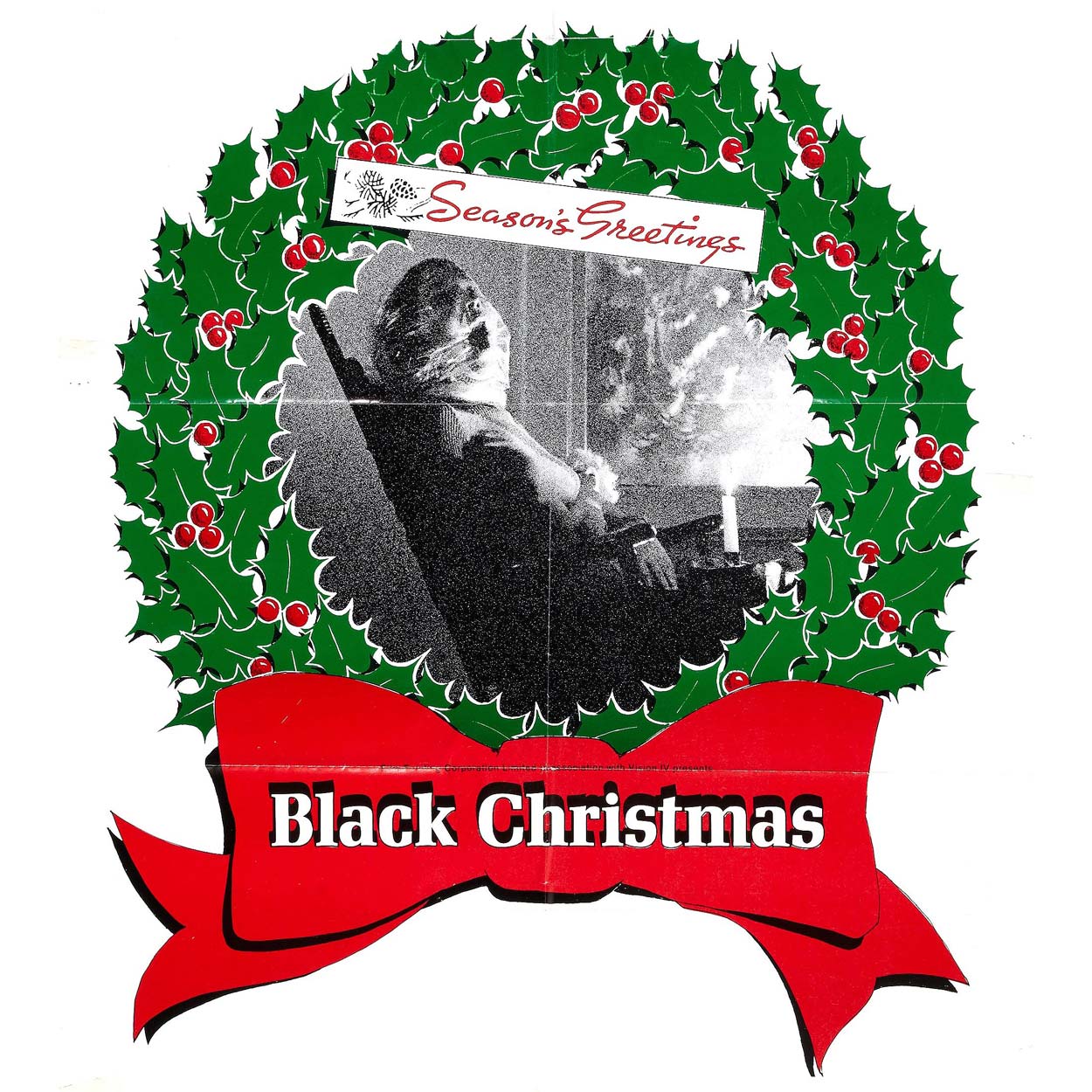
Clark was no dummy. Naming the town Bedford was as willful a move as anything else in Black Christmas. If this location sounds familiar, it should: Bedford Falls was the name of the town from Frank Capra’s quintessential Christmas classic, It’s A Wonderful Life (1946). But that’s where the similarities between Capra and Clark’s works end. This 1974 horror film centers on a group of young women living together at a sorority house preparing for the holidays as the school term ends.
With a cast that features Olivia Hussey, Margot Kidder, Andrea Martin, Keir Dullea and John Saxon, this motion picture is stacked with talent. Even the little known Marian Waldman is brilliant as the booze-hiding den mother, Mrs. Mac.
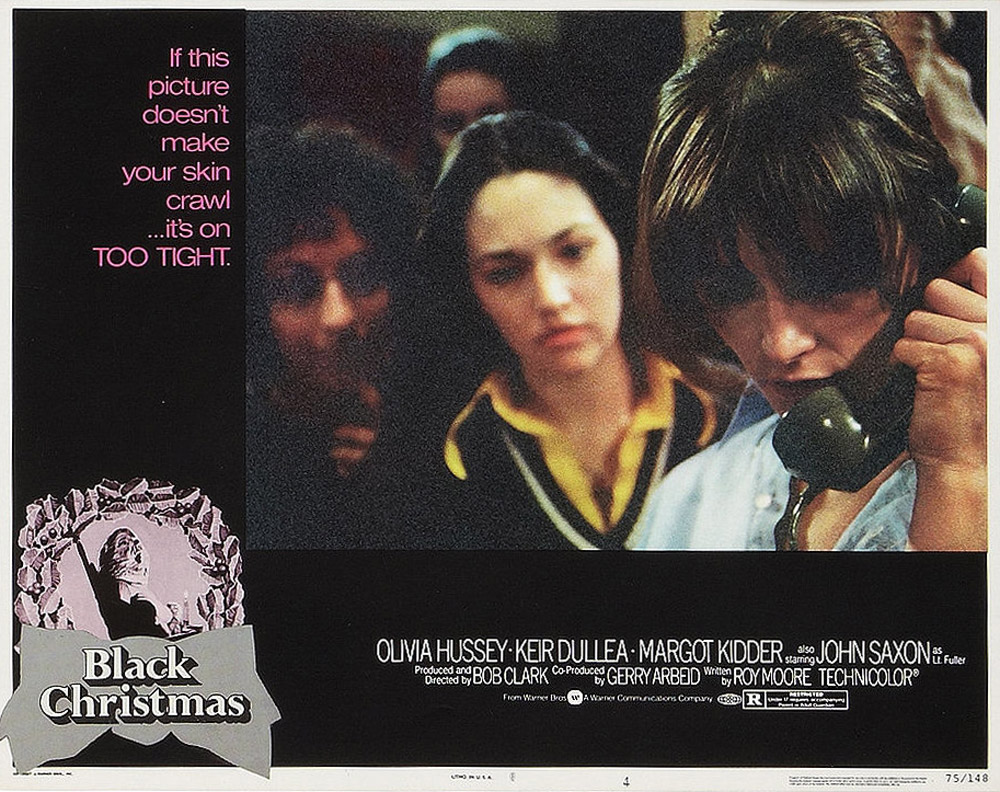
The triumph and tragedy of Black Christmas is that it does not age and it is just as effective now as it was over 40 years ago. Clothes, haircuts and styles may have changed but the filmmaking is so fresh and the anxiety is so real that this work does not feel dated. The major topics raised within the narrative of Black Christmas – abortion (fun fact: Black Christmas was released the year after Roe vs. Wade was passed), stalkers, domestic violence and abuse, sexual independence, a woman’s right to choose her own way to live her life/career – are still hotly debated in 2016. This horror film is made more horrifying because those topics are knitted into the very fabric of the feature and they are still, sadly, hot-button issues.
Black Christmas is a critically important film as well as decidedly scary. Clark’s work never underestimates any of the female characters. He spends time showing their relationships, vibrant personalities and strong individual identities. He contrasts them to the men in the film who are complete liabilities: entirely useless or dangerously toxic and angry to the point of becoming monstrous themselves. While Black Christmas is certainly a slasher film (predating John Carpenter’s Halloween) and lives up to the byline on the poster: “If this movie doesn’t make your skin crawl, it’s on too tight!” it’s also a look at male/female relations and the ways in which they are presented on-screen.
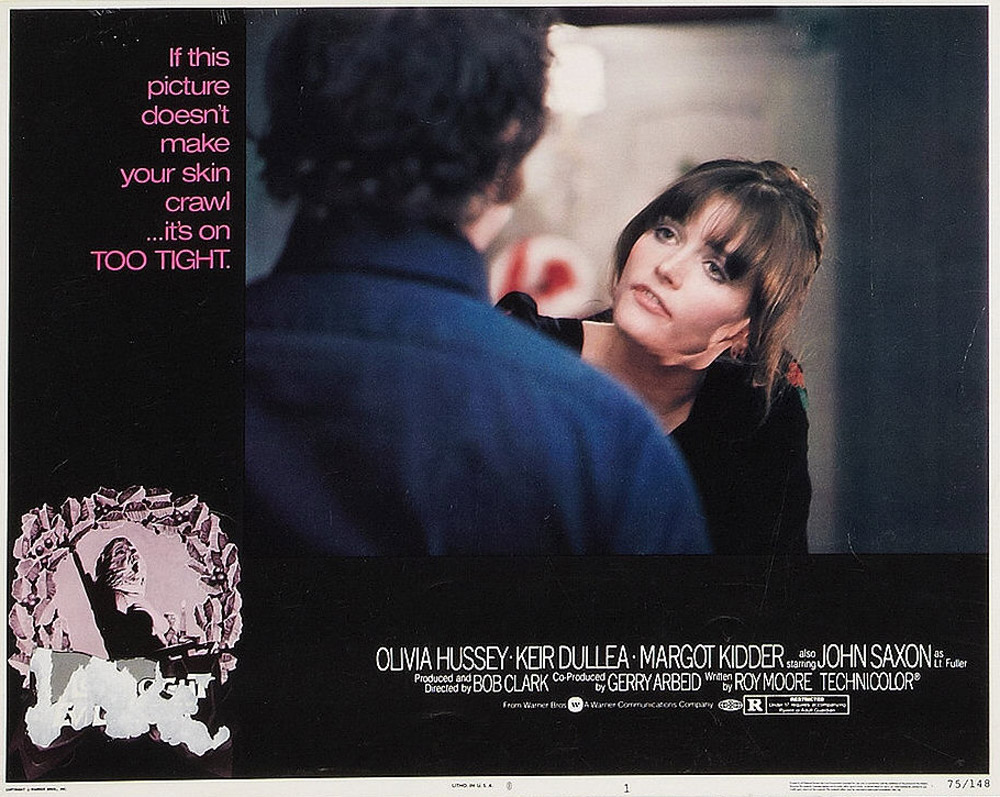
Black Christmas is startlingly unique, both in the way that it handles its protagonists and in the way that it seeks to turn the terror up to 11. If this film doesn’t scare you, you can’t be scared. And let’s be clear about this – Clark’s film isn’t about body counts, gory details (you see little to no gore at all) or surprises. Black Christmas is pure unadulterated terror from the very first phone call.
The sorority house is having a Christmas party and Jess (Olivia Hussey) answers the phone. The young women all stand around to listen to this caller who (we have learned) has called before. The more sexually graphic the call gets, the more interested the camera becomes in each young woman’s face and reaction to the words, screams and almost unintelligible gurgling sounds pouring out of the receiver. This perverse aural symphony is contrasted to the softly lit living room and background sound of “Hark! The Herald Angels Sing.” Barb (Margot Kidder) grabs the phone from Jess and gives the caller a bit of her tough girl “don’t fuck with me” attitude. The caller’s response? The only crystal clear words that come from that phone during the whole film – a calm, direct sentence: “I’m going to kill you.” That scene might be one of the scariest things that this author has experienced in a movie theater.
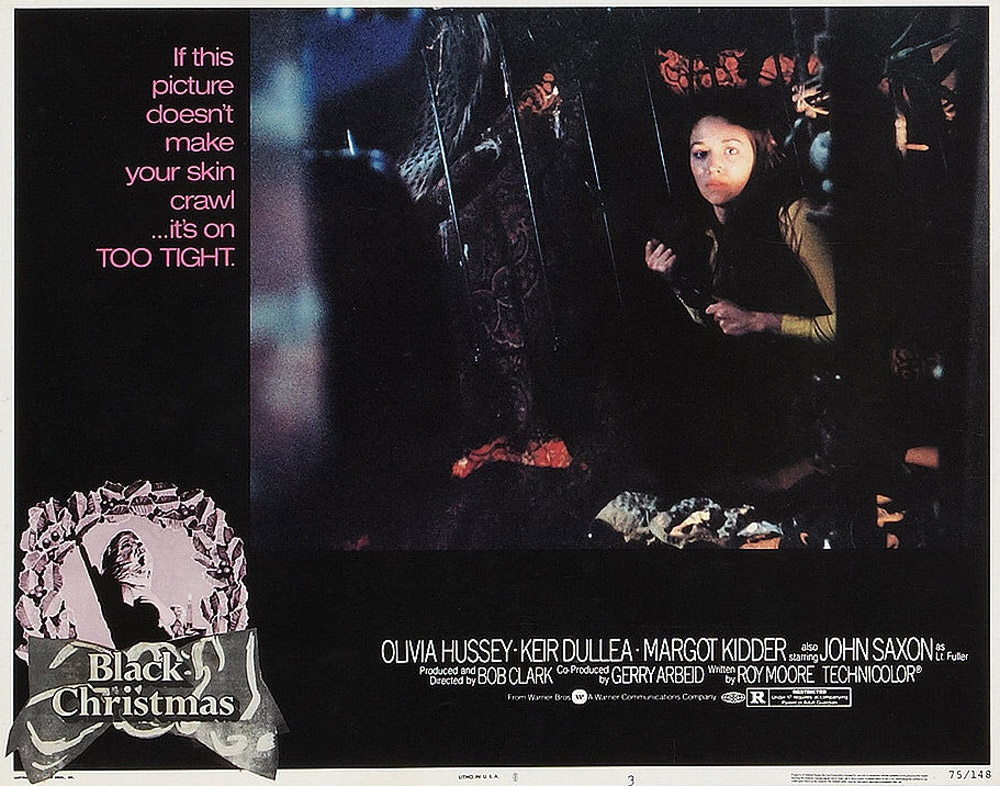
It is usually what you cannot see or do not fully grasp that makes a film so ultimately disturbing. And so it is with Black Christmas. The film is a complex quilt of aural and visual stimuli, running the gamut from killer’s POV to female protagonists’ perspective. While we can hear these phone calls as much as the women in the sorority house do, we cannot understand them any better than they do. We are equally as scared by the deeply frantic and distressed energy that increases with each call. These sounds are not just heavy breathing or the standard prank dirty talk. Clark’s audio in Black Christmas is meant to hit us on a whole other level: the caller could be a tortured child, someone with multiple personality disorder, a perverted sex offender, or…? The calls are an unknown quantity that we cannot put our finger on, in any recognizable manner. This is perfectly stated in Clare (Lynne Griffin)’s comment on the first call: “Could that be one person?”
We get the opportunity to see through the eyes of the killer but it feels unstable, voyeuristic and wholly uncomfortable. Reginald H. Morris did most of the camera work for the film (and went on to do both Porky’s films, A Christmas Story and Turk 182! with Clark) but Albert J. Dunk strapped a camera to his back to shoot the POV material. The audio for the phone calls was also highly specialized and not created by one voice – the calls came from Bob Clark himself, Nick Mancuso (of Under Siege, 1992 fame) and an uncredited female performer.
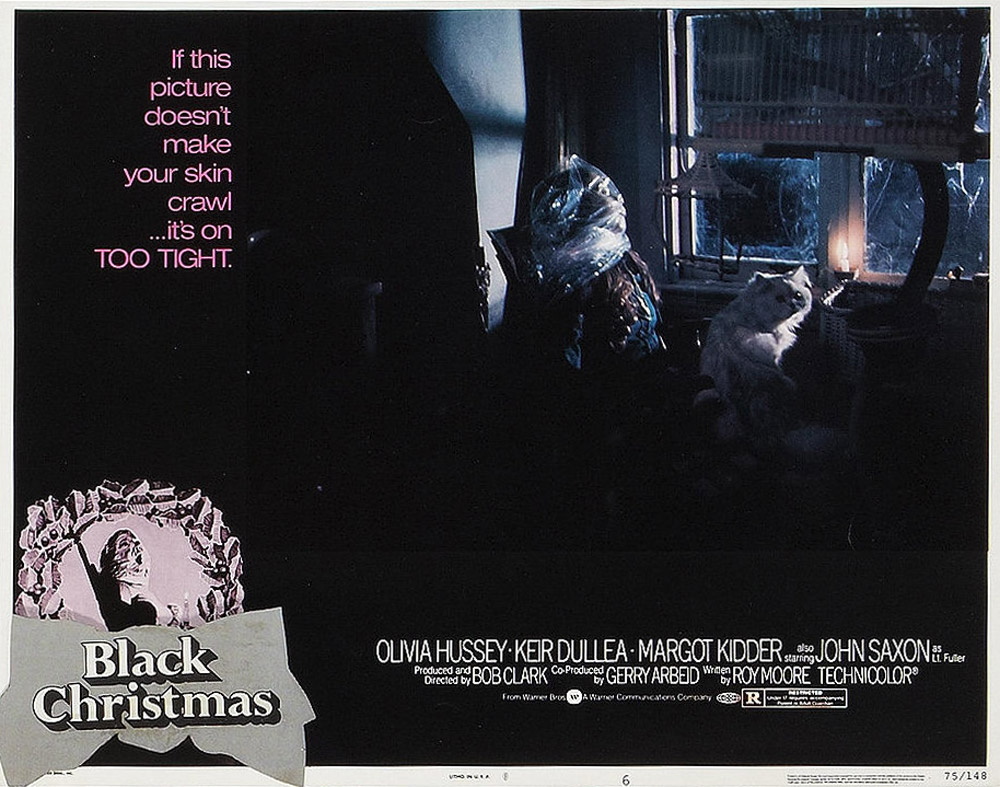
Black Christmas will unnerve you because it doesn’t bother to answer your questions. It categorically refuses to help you out as a viewer and yet it satisfies you completely on the level of character development. It is perfectly damning for everyone involved, audience and fictional personae alike. On an even more bone-chilling level, a work like Black Christmas has high critical value and relevance because violent stalkers still exist, unstable men continue to threaten/intimidate women in all kinds of weird ways (phone, mail, etc) and legal authorities don’t believe them until it’s too late. This movie should scare the shit out of you because the story could just as easily happen today as in 1974. It may be a horror movie and one of the first slasher films, but the happenings at the Pi Kappa Sigma house delve into seriously dangerous territory that still need attention.
